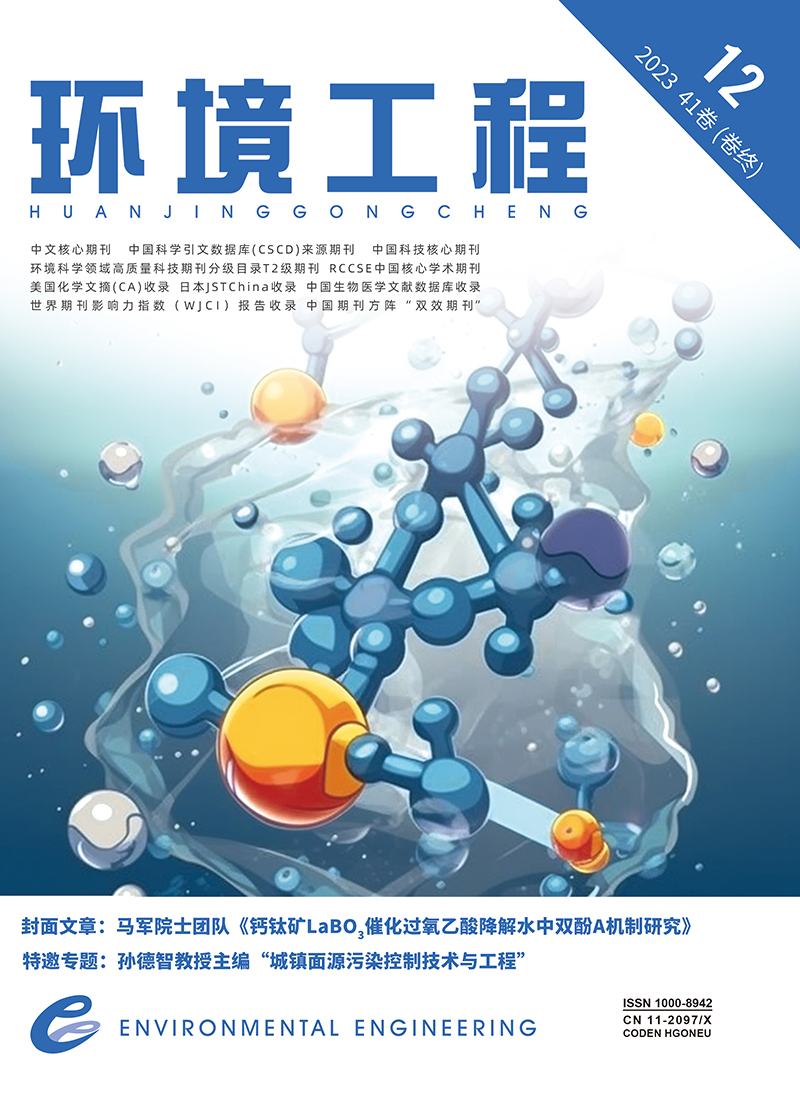| [1] |
ZGHEIB S, MOILLERON R, CHEBBO G. Priority pollutants in urban stormwater: part 1-Case of separate storm sewers[J]. Water Research, 2012, 46(20): 6683-6692.
|
| [2] |
徐祖信, 徐晋, 金伟, 等. 我国城市黑臭水体治理面临的挑战与机遇[J]. 给水排水, 2019, 55(3): 1-5
, 77.
|
| [3] |
ELLIS J B, BUTLER D. Surface water sewer misconnections in England and Wales: pollution sources and impacts[J]. Science of the Total Environment, 2015, 526: 98-109.
|
| [4] |
LI Y, ZHOU Y, WANG H, et al. Characterization and sources apportionment of overflow pollution in urban separate stormwater systems inappropriately connected with sewage[J]. Journal of Environmental Management, 2022, 303: 114231.
|
| [5] |
THÉVENOT D R, MOILLERON R, LESTEL L, et al. Critical budget of metal sources and pathways in the Seine River basin (1994—2003) for Cd, Cr, Cu, Hg, Ni, Pb and Zn[J]. Science of the Total Environment, 2007, 375(1/2/3): 180-203.
|
| [6] |
李田, 戴梅红, 张伟, 等. 水泵强制排水系统合流制溢流的污染源解析[J]. 同济大学学报(自然科学版), 2013, 41(10): 1513-1518, 1525.
|
| [7] |
WU J, WANG Z. A hybrid model for water quality prediction based on an artificial neural network, wavelet transform, and long short-term memory[J]. Water, 2022, 14(4): 610.
|
| [8] |
SALEH A, ALI H. Wastewater pollutants modeling using artificial neural networks[J]. Journal of Ecological Engineering, 2021, 22(7): 35-45.
|
| [9] |
赵梦圆,王建龙,黄涛,等.北京市雨水径流中颗粒物沉降特性[J].环境工程,2019,37(2):67-72.
|
| [10] |
王新民, 张超超. 基于深度学习的旧金山湾水质预测[J]. 吉林大学学报(地球科学版), 2021, 51(1): 222-230.
|
| [11] |
张秀菊, 王柳林, 李秀平, 等. 基于BP神经网络的潇河流域水质预测[J]. 水资源与水工程学报, 2021, 32(5): 19-26.
|
| [12] |
孙跃扬,武利,郭楠,等.具有在线自组织功能的RBF网络的COD预测[J/OL].控制工程:1-7.https://doi.org/10.14107/j.cnki.kzgc.20230237.
2023-12-17.
|
| [13] |
XIE Y, CHEN Y, LIAN Q, et al. Enhancing real-time prediction of effluent water quality of wastewater treatment plant based on improved feedforward neural network coupled with optimization algorithm[J]. Water, 2022, 14(7): 1053.
|
| [14] |
ZHANG Q, LI Z, SNOWLING S, et al. Predictive models for wastewater flow forecasting based on time series analysis and artificial neural network[J]. Water Science and Technology, 2019, 80(2): 243-253.
|


 Login
Login Register
Register E-alert
E-alert






 DownLoad:
DownLoad: